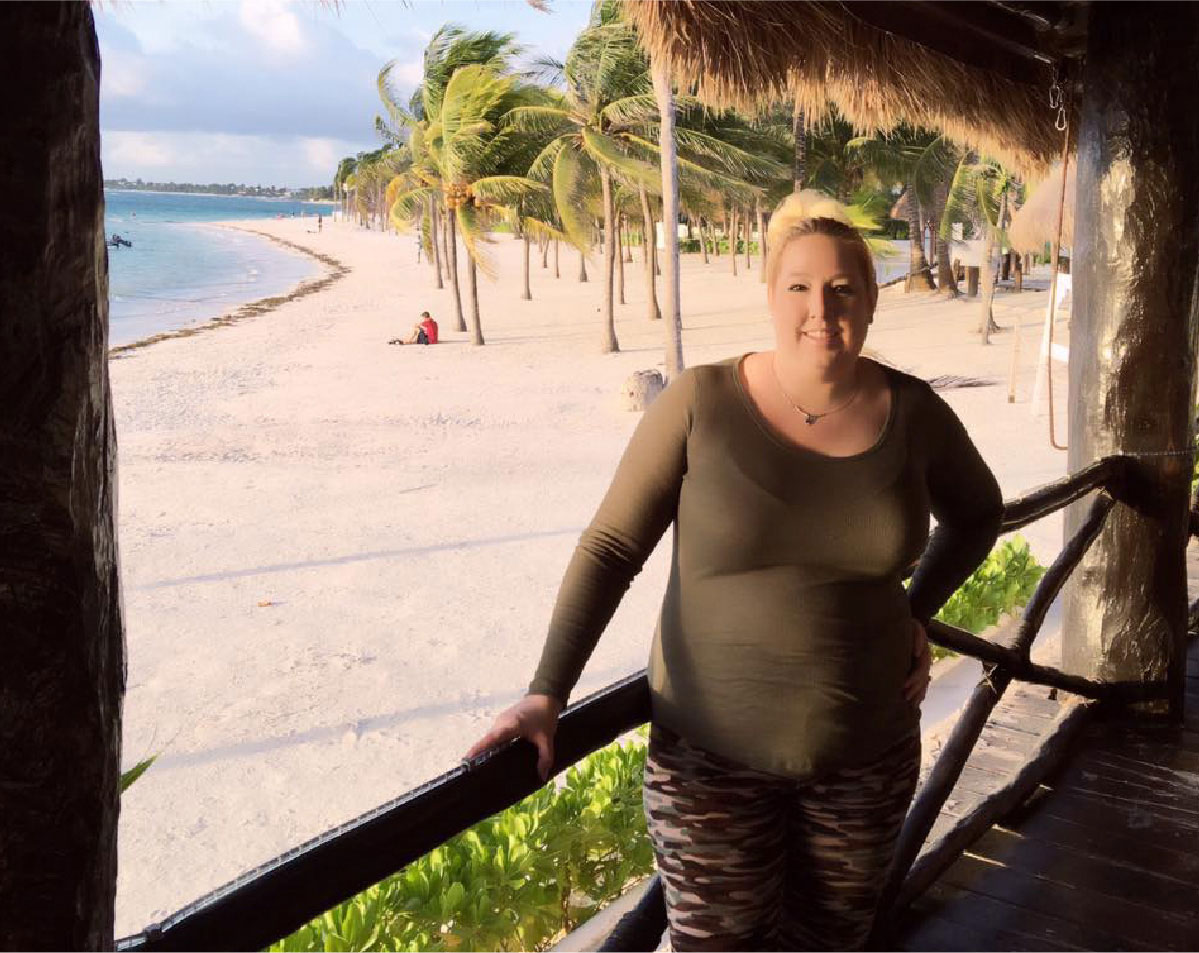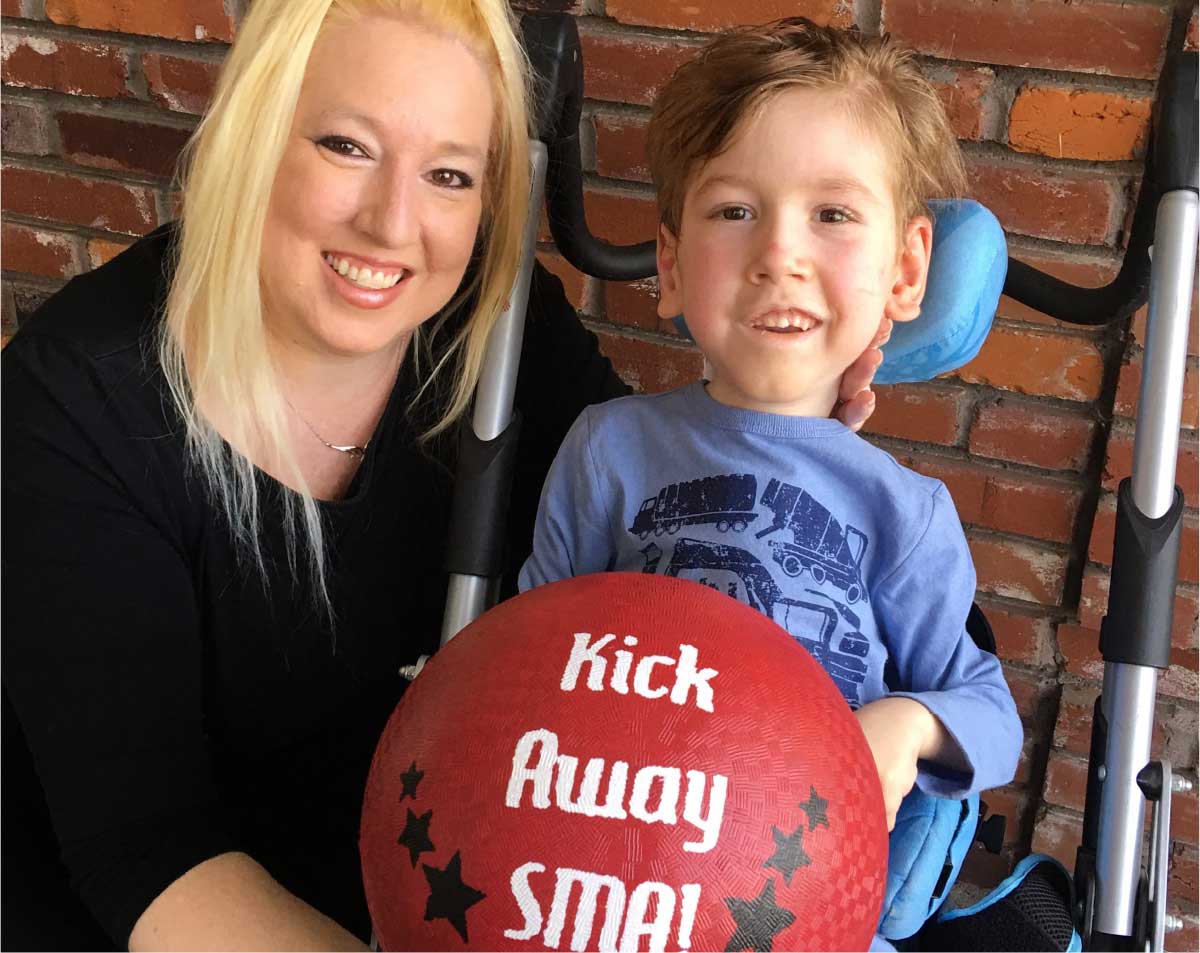Khrystal
Five tips for practicing
self-care

Self-care is essential, especially when you're a caregiver for a medically fragile child. Just as you stop to fill your vehicle's tank on long trips, you must also replenish your energy through self-care.
“If you don't, you'll end up empty, just as your car does.”
Here are five tips I've learned to help me practice self-care in the more than eight years I've cared for our medically fragile SMA Type 1 son, Hunter.
- When you practice self-care, you're helping to ensure you can care for others. If you've ever flown on a plane, you know you must put on your oxygen mask before you put on your child's. Why? Because if your child needs you to put their mask on in the first place, they might require you to put it on again. Should you fail to put yours on first, you run the risk of losing consciousness, and couldn't help if your child needed your assistance again. The same is true for self-care.
“It's not selfish to take care of yourself.”
- Choose goals and activities that you enjoy, and are important to you for your self-care. Describe your goals with specificity, so they're clearly defined. For example, "I'm going to run half a mile every day for two weeks." The more specific a goal is, the more you know what you need to do to meet it and can feel accomplished when you do. Start with one to three goals and add new ones as you meet them.
- Take time to make time for your goals. Set your goals and try to schedule them for the same time each day. It also helps to plan time for your goals as early as possible in the day. This way, you are more likely to complete them, and before long, you will establish a routine.
- Make sure your goals are attainable. My long-term goal might be to run a 10K, but I'm not going to start with that as a scheduled goal. Instead, I'm going to set step-goals. After meeting my goal of running a half-mile each day for two weeks, I would increase my goal to running three-quarters of a mile each day and would keep making incremental adjustments. By doing this, I could celebrate several achievements along the way.
- Meet weekly with an accountability partner. Choose someone who can make time to discuss your goals with you each week; it helps to stick to the same day and time, if possible. Try to choose an accountability partner with different goals, so that you can celebrate one another's wins without losing spirit if one of you falls short of reaching a goal. In the first week, discuss your goals and how you will meet them. In subsequent weeks, discuss how you did with your goals, what you could do differently the next week to reach a goal that eluded you, and any new goals.
I hope you find these tips helpful in practicing caregiver self-care and wish you success in meeting your goals.
